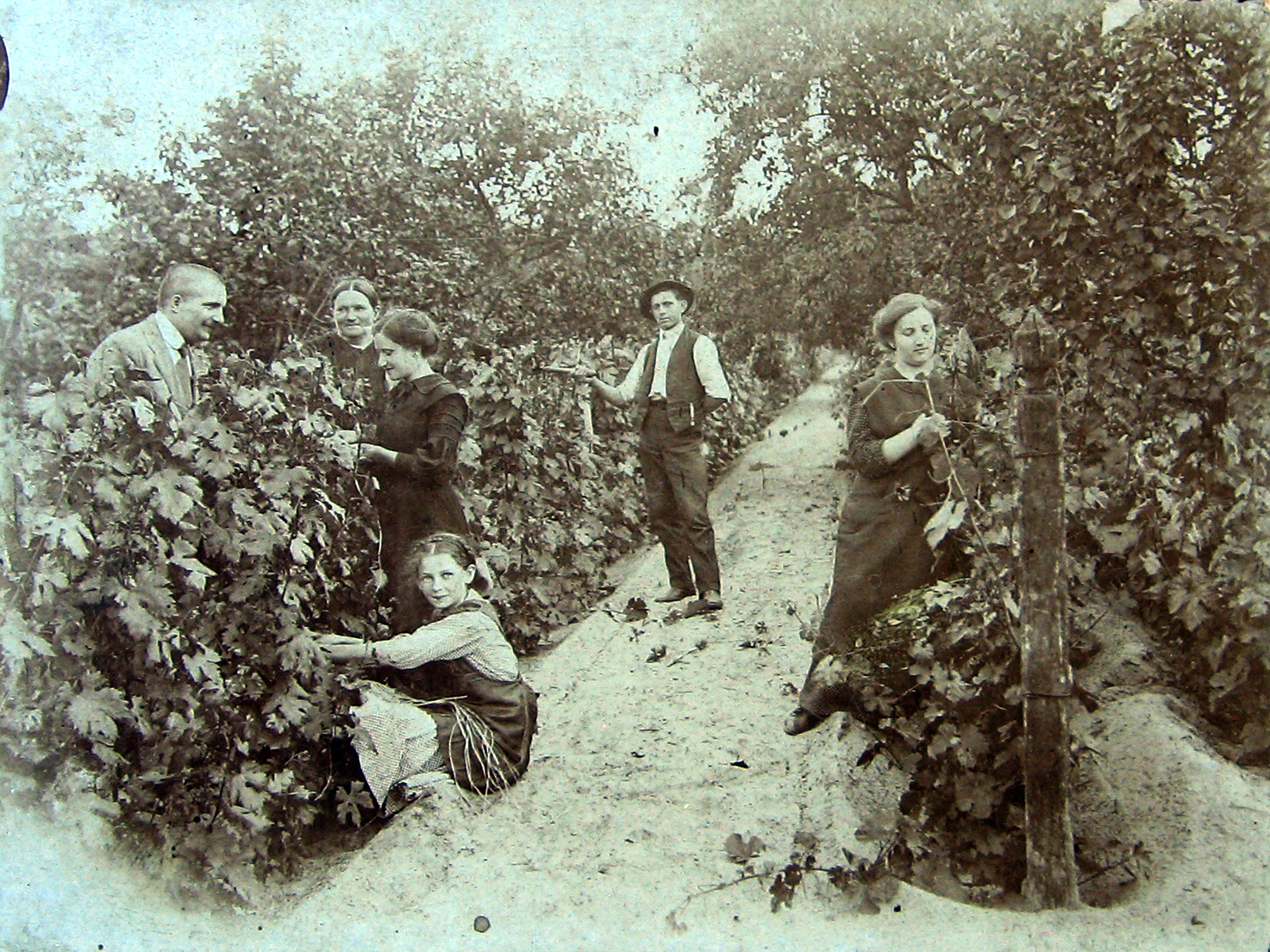Around Buda, viticulture spread during the time of Géza II in the 12th
century. Renaissance King Matthias later planted blue grapes directly from
France in the area, which until then had been dominated by white varieties.
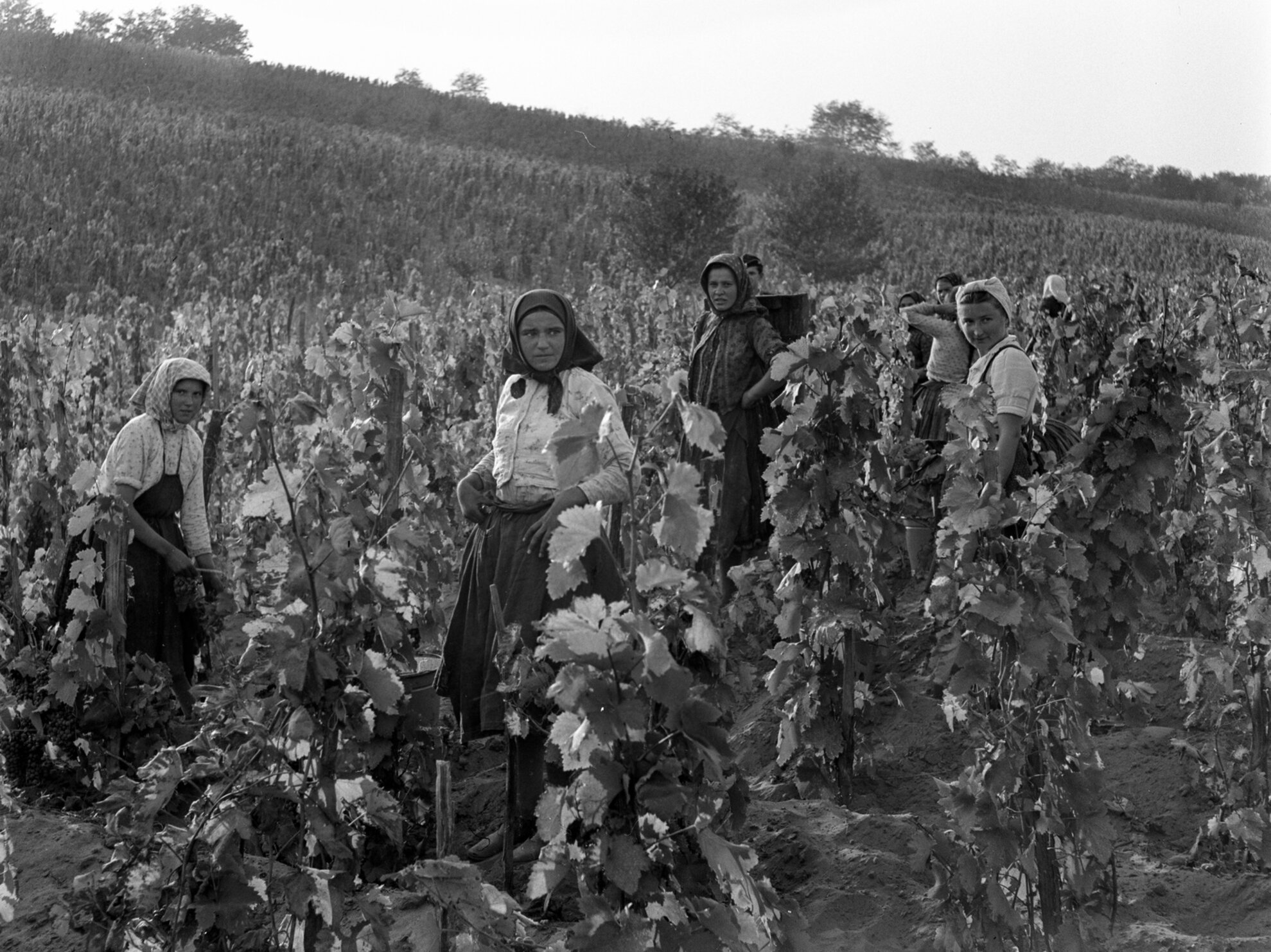
The cult of wine consumption did not diminish during the Turkish occupation, and although the Ottomans would not have been able to drink on principle, they nevertheless knew exactly which varieties to plant where.
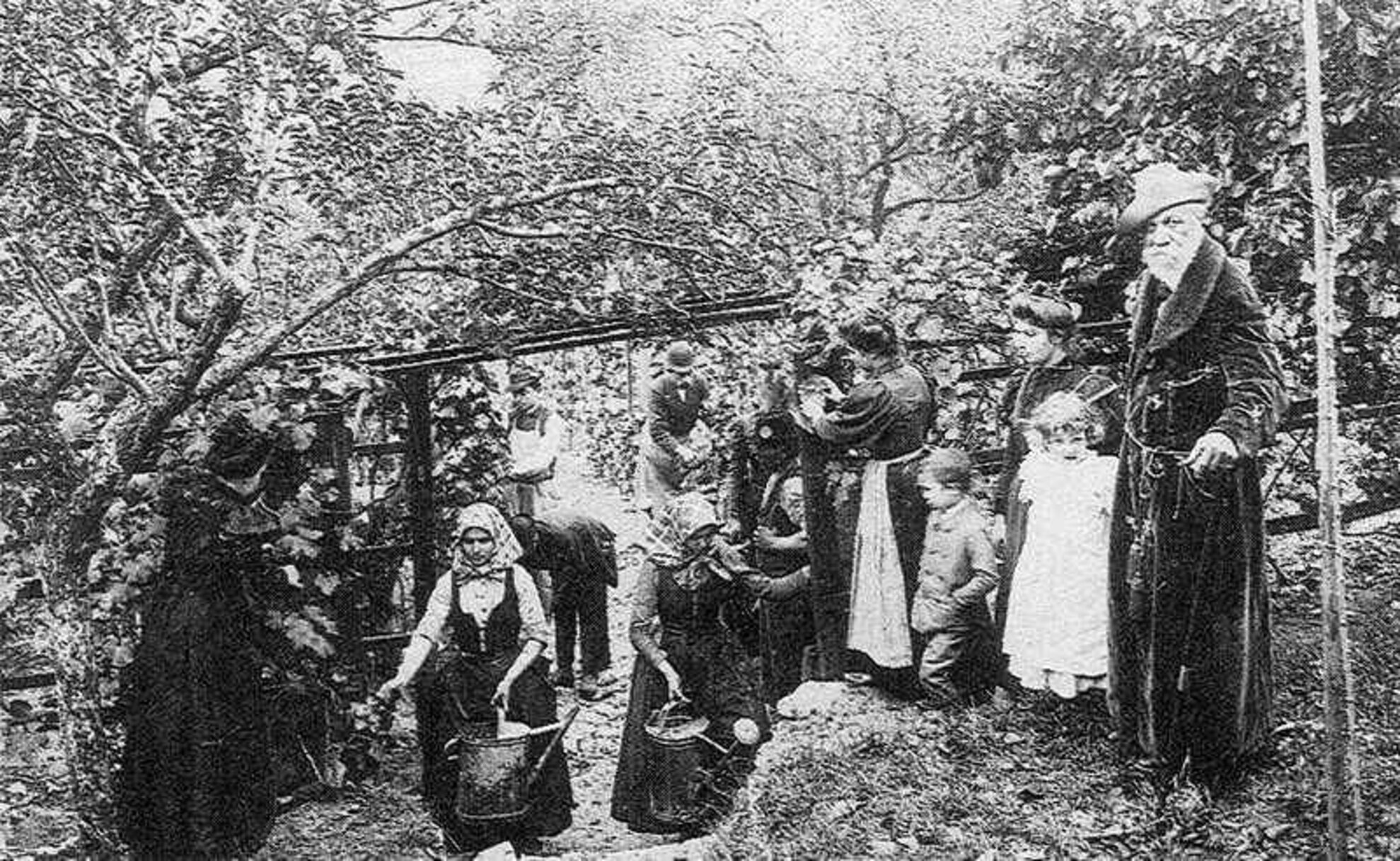
Hungarians owe their knowledge and technology of the wine industry to the Swabian settlers who arrived in waves, and to the Kadarka cultivated by Serbian winegrowers fleeing the Ottoman conquest.
The Swabians continued their activities primarily on Gellért Hill and Svábhegy, the Serbs mainly in Tabán and Szentendre. To this day, their grape varieties have remained these localities.
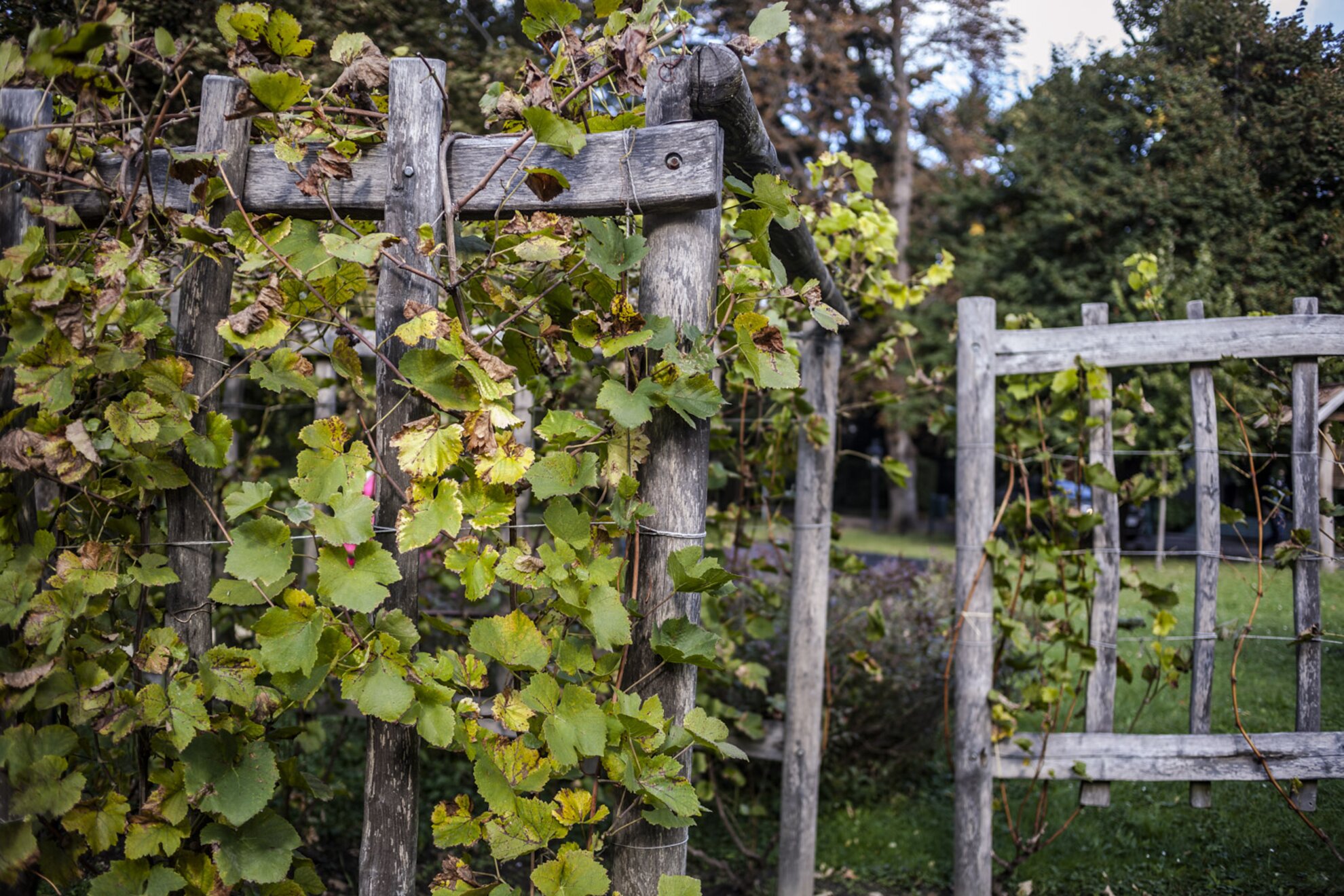
Mór Jókai's vineyard
Novelist Mór Jókai created a small vineyard with his own bare hands
around his summer house in then sparsely populated, wooded Svábhegy. He bought
this former disused quarry in 1853 from a violin maker called Schweitzer from
the proceeds of his book A magyar nabob. The veranda-equipped building and ornamental
garden came from the sales of Zoltán Kárpáthy. After the renovation of the
visitor centre, now also a nature reserve, the house should reopen to the
public in 2022.

After a study trip to Champagne, József Törley put Promontor, today’s Budafok, at the forefront of European champagne production, luring cellar master Louis François to Hungary before the turn of the century. François and Törley predictably quarrelled, eventually honing the techniques of traditional domestic champagnes in competition. The Törley champagne cellars now continue their heritage, although it’s no longer in the family.
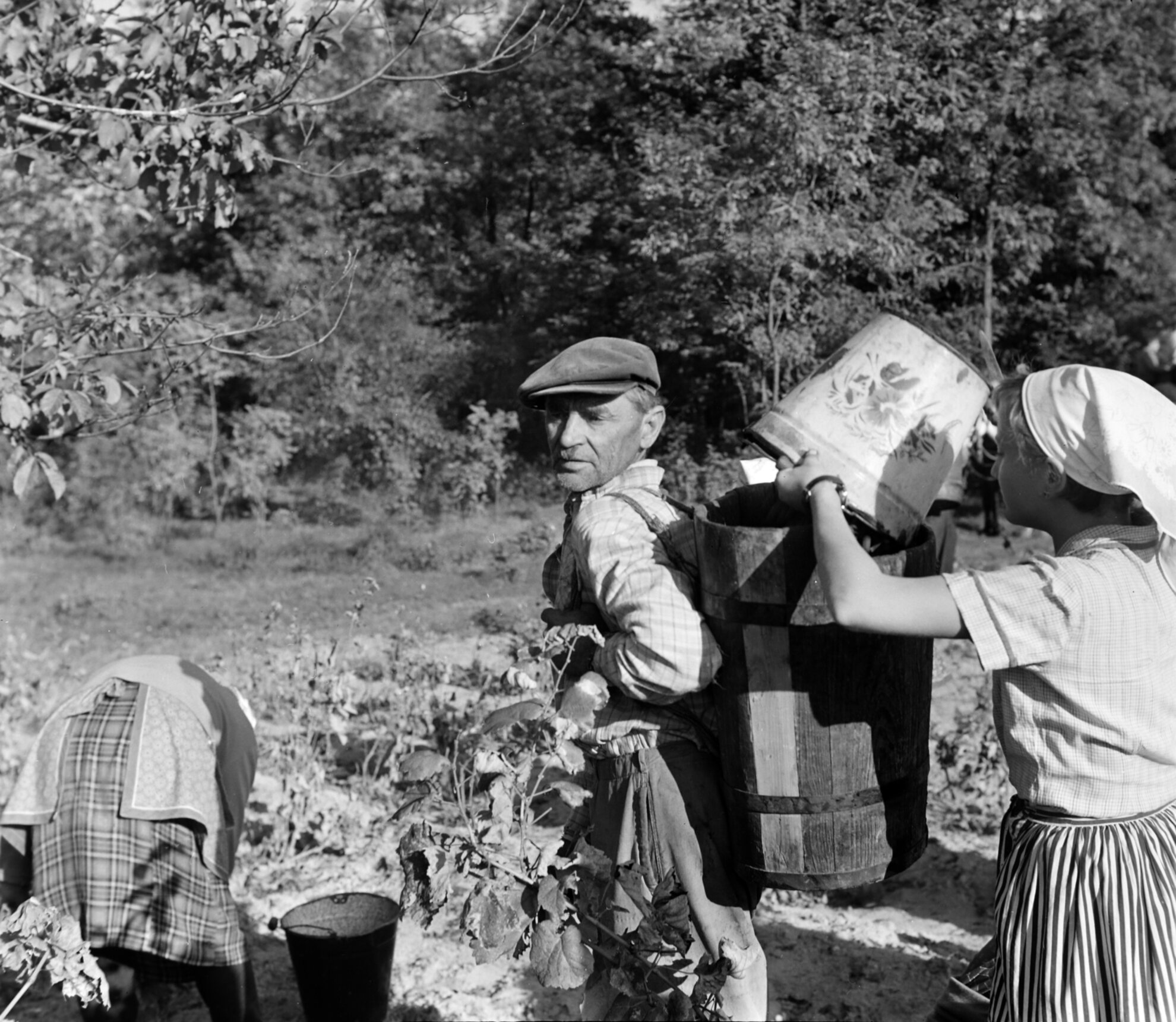
The next time you stroll around Gellért Hill, Tabán or Svábhegy, you may wish to stop and ponder about the workers who once spent many a long September day picking grapes there.
